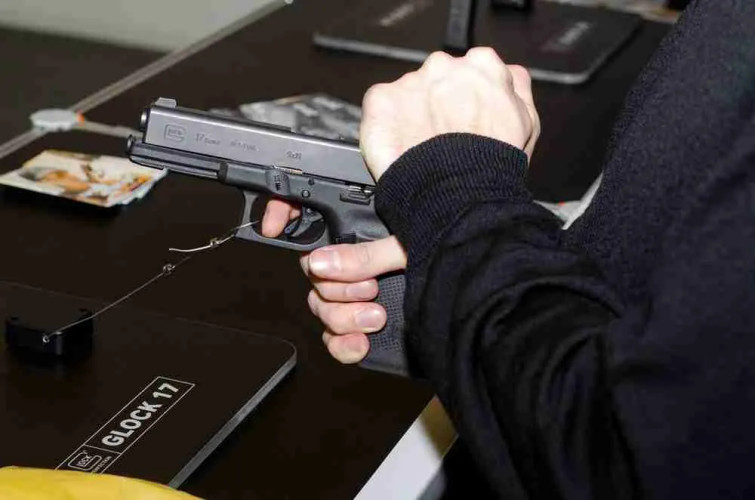One of the most common questions we get from new builders is what is the best way to break in a new slide, or a slide that has refreshed major components like a new barrel. In order to break this down, we’ll go into some of the common issues with a new build and how to get to a functional,reliable firearm.
Assembling or modifying your firearm is a great way to get to get familiar with the action and function. A new slide, barrel and parts will usually be pretty tight at first and will have excess friction in the action until all moving parts are properly worn in together. Failure to feed, failure to eject and jams are common symptoms until the action is loose enough.
In order to save your ammo and properly break in your slide before you hit the range, a few key steps are required. This all assumes that your parts are correctly installed, rails are straight and level, barrel hood is flush with the top of the slide and you have dummy rounds or snap caps to test ejection and prevent premature wear on your striker and breech face from dry fires. If you are mounting an optic, a lot of times they will come with different length screws. The shorter one will go on the side with the ejector plunger. This is important as the longer screw will make contact with the plunger and cause it to jam.
Use a high quality gun oil and lubricate key points outlined in the image below. Glocks are known to operate with little lubrication, so use a a rag with oil to apply lube. Less is more here. Nothing should be dripping with oil.

After lubing all highlighted surfaces, assemble the slide on the frame but leave out the mag. Double check to ensure that there is no round chambered. Safety first.
Proceed to rack the slide by pulling rearward to it’s furthest point and letting go of the slide. You want the recoil to carry it forward to mimic slide motion when under action. Do not ride the slide with your hand. It will be tight at first and depending on the coating of your barrel, you may see wear on the front of the barrel hood. Continue to rack the slide repeatedly until it returns to battery every time. If you need to add some more lube during this process then please do so sparingly.
Remove the slide from the frame, remove the barrel and recoil rod and wipe everything down with a rag to coat with a light film of oil. Re-assemble the slide and load a magazine with dummy rounds/snap caps. Do not use live ammo for this step, as you will be dry firing.
Rack the slide, and dry fire, then rack again. You are testing for ejection and jams may occur, but should work themselves out as you go through the motion repeatedly. Some folks recommend polishing the barrel feed ramp to speed this process along, but we only like to do that step once we have a reliable feed. Using snap caps prevents the striker from hitting the back of the breech face at full strength without the resistance of the dummy round to blunt the force. It prevents premature wear on those parts.
This process has worked for us for countless builds and minimal frustration at the range.
Looking for a new slide for a new build or to change things up on your existing frame? Check out our slide, slide kits and assembled slide options here: https://3crtactical.com/glock-slides/


